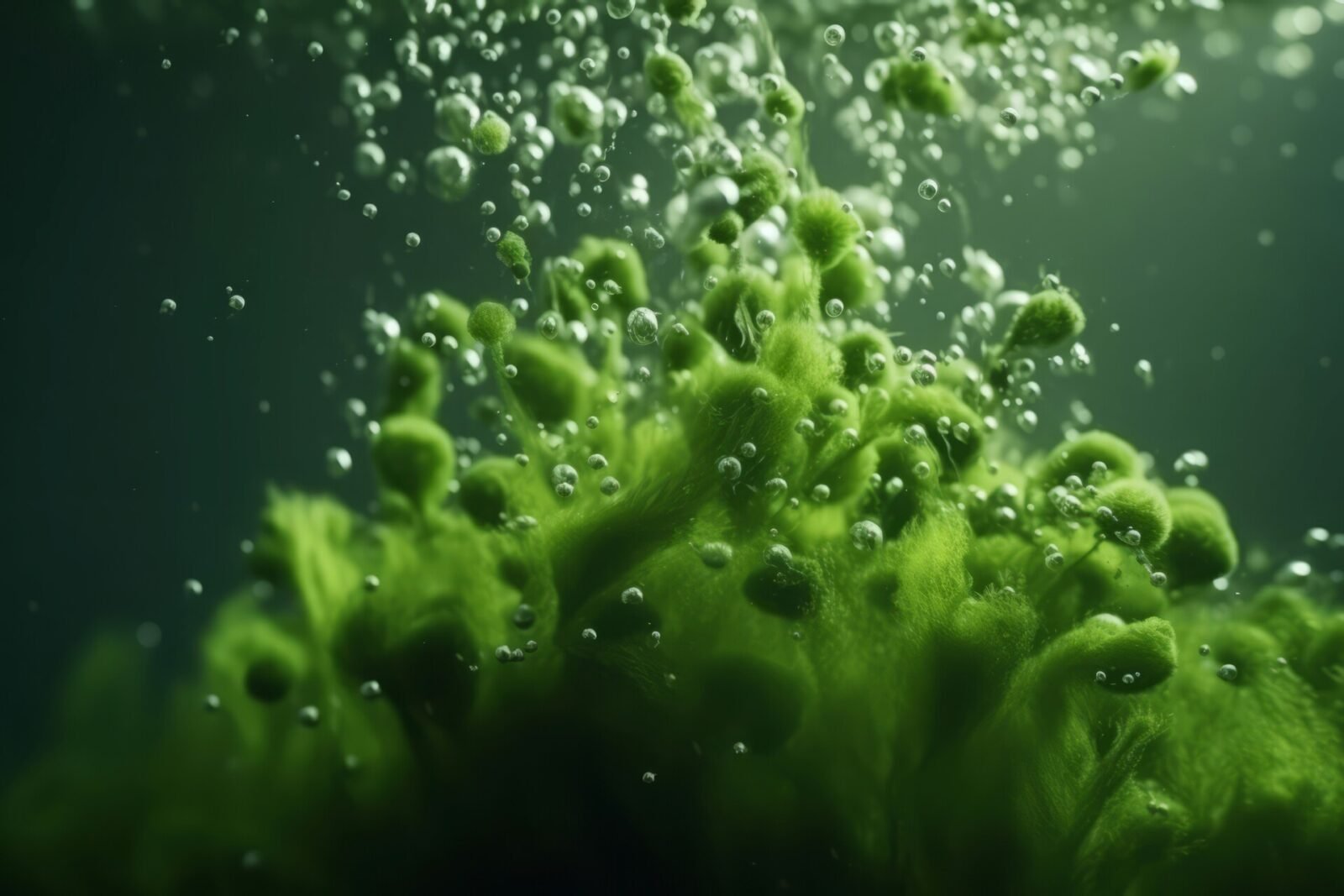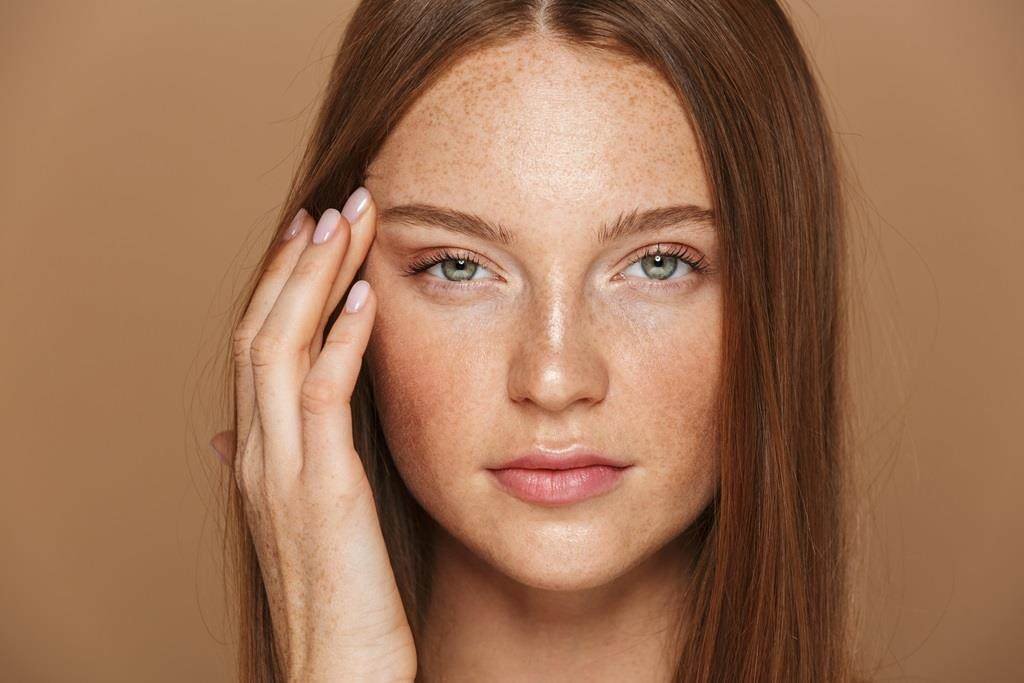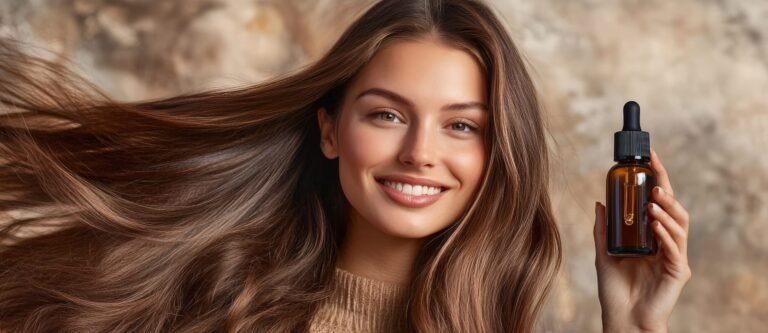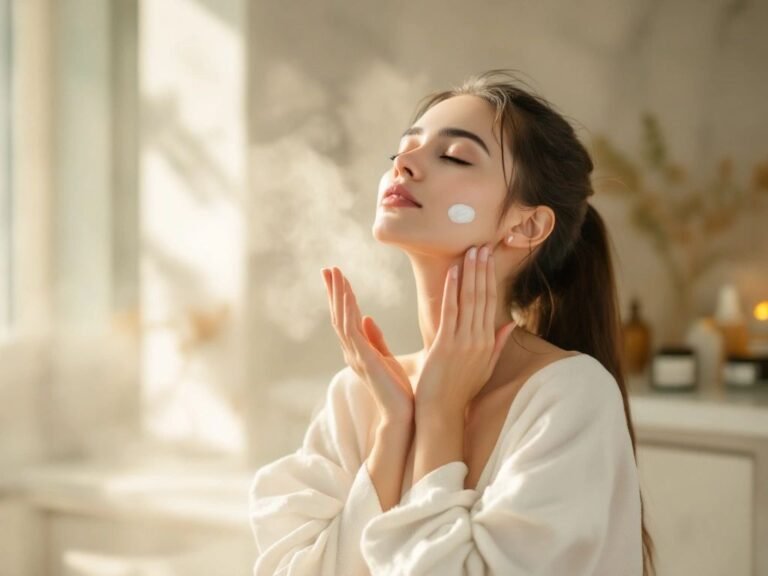Cosmetic science has officially entered the microbiome era. First came probiotics, marketed as live microorganisms for skin health. Then prebiotics gained traction as the “food” for beneficial bacteria. Now, however, the spotlight shines on postbiotics. Unlike probiotics, which create stability and regulatory challenges, postbiotics consist of non-viable bacterial products or metabolic byproducts created during fermentation.
This distinction matters because postbiotics deliver microbiome-friendly benefits without relying on fragile live cultures. They stay stable, safe, and compliant. Cosmetic chemists see them as one of the most promising biotech-driven categories in skincare, while consumers trust them for results without concerns about “living bacteria” inside their jars. Furthermore, research shows that postbiotics strengthen the skin barrier, calm inflammation, and support microbiome balance — three pillars of modern cosmetic innovation (link).
What Are Postbiotics?
Bacteria create postbiotics during fermentation, leaving behind stable metabolites, enzymes, and fragments that interact directly with skin cells. Their resilience makes them easier to formulate with and more reliable for consumers.
Types include peptides and enzymes that signal immune and repair pathways, short-chain fatty acids that improve hydration, polysaccharides and exopolysaccharides that reinforce the extracellular matrix, organic acids like lactic acid that regulate skin pH, and bacterial lysates that train immune cells to remain calm. Unlike probiotics, which often spoil or destabilize a formula, postbiotics sidestep those challenges. In fact, Lactobacillus Ferment Lysate demonstrates barrier-strengthening and sensitivity-reducing benefits (link).
How Postbiotics Work on Skin
Postbiotics act on keratinocytes, immune cells, and the skin’s microbiome ecosystem. Because they work on multiple pathways, they provide broad yet targeted benefits.
They reinforce the barrier by stimulating ceramide production and tightening cell junctions, which lowers transepidermal water loss. They also modulate immunity by teaching cells to respond calmly to irritants, which makes them especially valuable in sensitive skin care. In addition, they lower cytokine release and fight oxidative stress, visibly reducing redness and irritation. Finally, they maintain microbiome balance by creating favorable conditions for beneficial bacteria and discouraging harmful overgrowth.
In simple terms, postbiotics help skin stay calm, hydrated, and balanced even when external or internal stress rises.
Clinical Evidence Supporting Postbiotics
Unlike many trend-driven ingredients, postbiotics come with real data.
Researchers found that Bifida Ferment Lysate lowers UV-induced sensitivity and enhances DNA repair in stressed skin cells (link). In another study, Lactobacillus Ferment Lysate improved barrier integrity, boosted hydration, and reduced stinging sensations in sensitive-skin participants (link). Yeast-derived Saccharomyces Ferment Filtrate showed antioxidant protection while encouraging gentle renewal, making it ideal for brightening and radiance claims. Together, these findings prove that postbiotics act as true skin-active ingredients rather than marketing gimmicks.
INCI Examples Chemists Should Know
Cosmetic chemists regularly encounter postbiotics under these INCI names: Lactobacillus Ferment Lysate, Bifida Ferment Lysate, Saccharomyces Ferment Filtrate, Lactobacillus Ferment Filtrate, and Bacillus Ferment. Each option offers unique effects, from soothing and hydration to antioxidant defense and texture refinement. Because of these differences, they can be combined for synergistic systems.
Cosmetic Applications
Formulators can add postbiotics to nearly every skincare category. They work beautifully in sensitive skin serums to calm redness and repair the barrier. Anti-aging creams rely on them to reduce low-grade inflammation, or “inflammaging.” Brightening formulas take advantage of their ability to downregulate melanogenesis. Barrier repair balms benefit from bacterial lysates that restore compromised skin. Even daily cleansers and masks use them to provide microbiome-friendly refreshment without stripping. Their flexibility explains why postbiotics appear in both prestige and mass skincare.
Consumer Benefits
Consumers embrace postbiotics because the benefits are clear and relatable. These actives calm irritation, reinforce skin’s defenses, and enhance hydration and smoothness. They also deliver a natural glow without aggressive exfoliation. Importantly, they enable brands to market “microbiome-friendly” products that feel both safe and cutting-edge.
Formulation Tips for Chemists
Although postbiotics are straightforward, chemists need to follow best practices for maximum efficacy. Many remain heat-stable, but suppliers often recommend adding them during the cool-down phase. Encapsulation boosts both penetration and longevity. They pair especially well with prebiotics like inulin, creating a holistic microbiome strategy. Typical use levels fall between one and five percent, depending on concentration and target claim. By applying these strategies, chemists ensure postbiotics perform consistently inside finished products.
Future Outlook
Postbiotics are not just another fleeting trend. They represent a lasting evolution in microbiome beauty. Consumers increasingly understand the link between skin and microbes, while regulators prefer stable non-viable systems. Biotechnology continues to advance, offering opportunities for targeted postbiotics that address pigmentation, acne, or even chronic sensitivity. Because of this, chemists who integrate postbiotics now will gain a first-mover advantage as microbiome-driven products define the future of skincare.
Conclusion
Postbiotics unite science, safety, and storytelling in ways that resonate with formulators and consumers alike. They calm irritation, reinforce the barrier, and support microbiome balance, all while avoiding the instability and regulatory issues of probiotics. As biotech innovation expands, postbiotics will remain a cornerstone of microbiome skincare.
If you’d like to explore advanced actives like postbiotics for your next formulation, visit Grand Ingredients: Explore Our Cosmetic Ingredients







